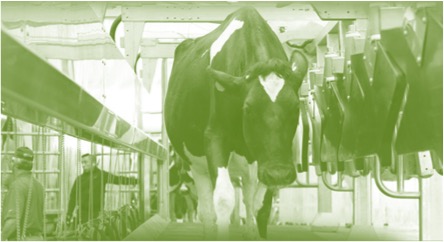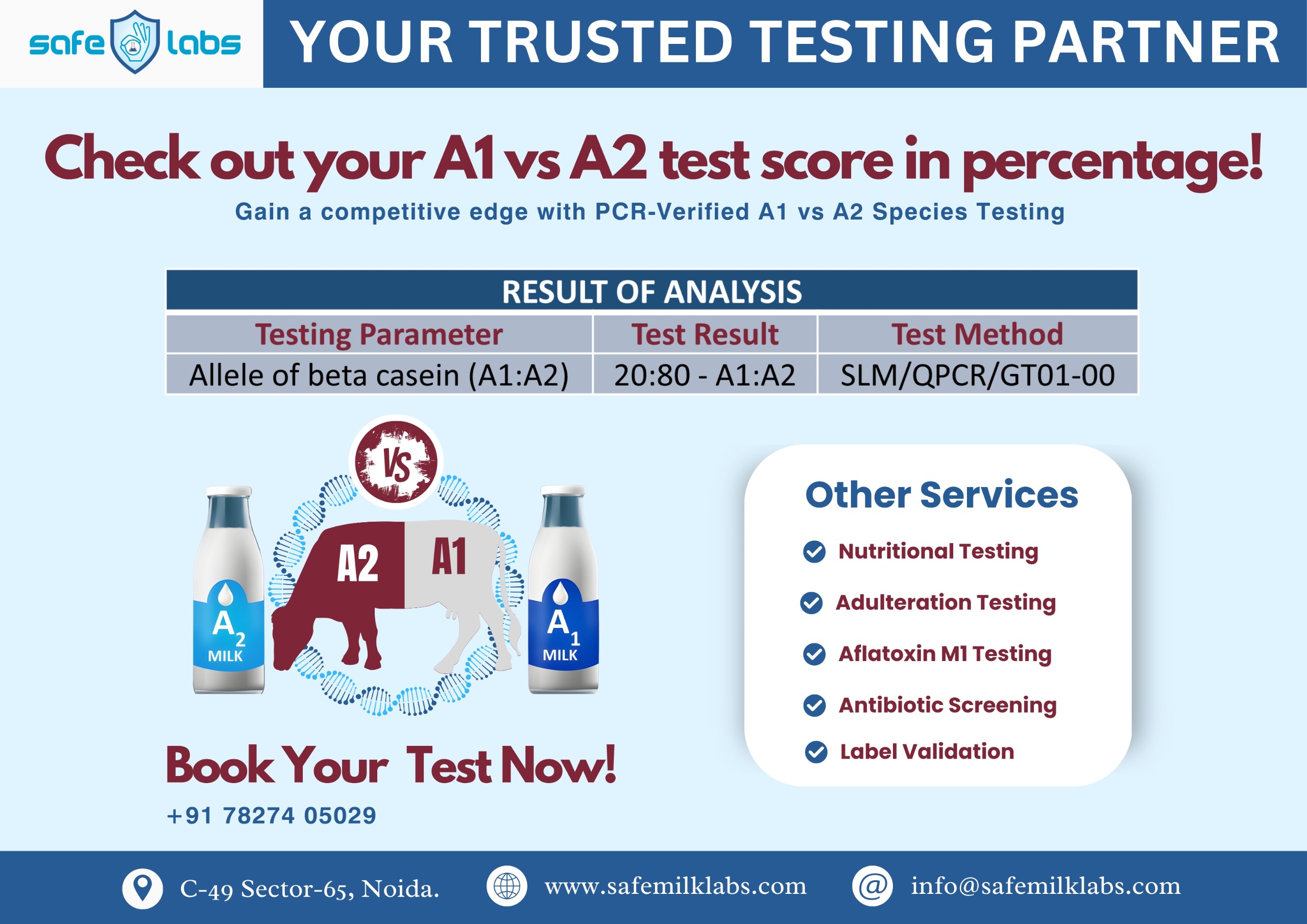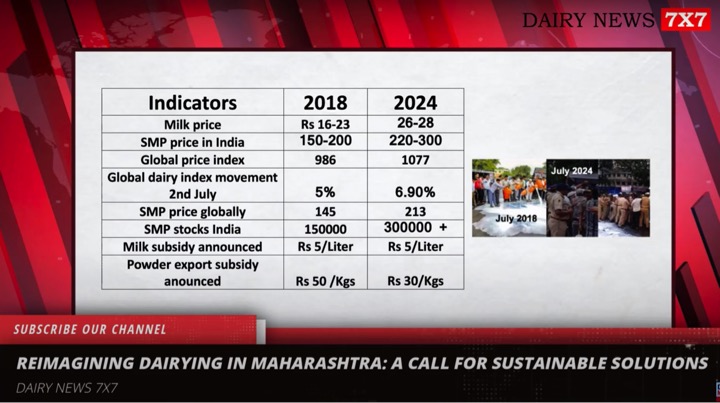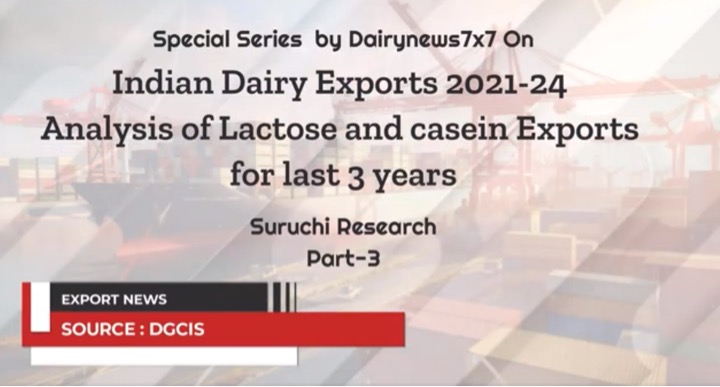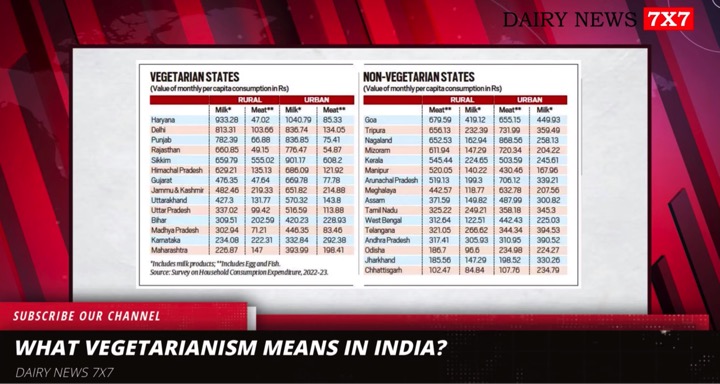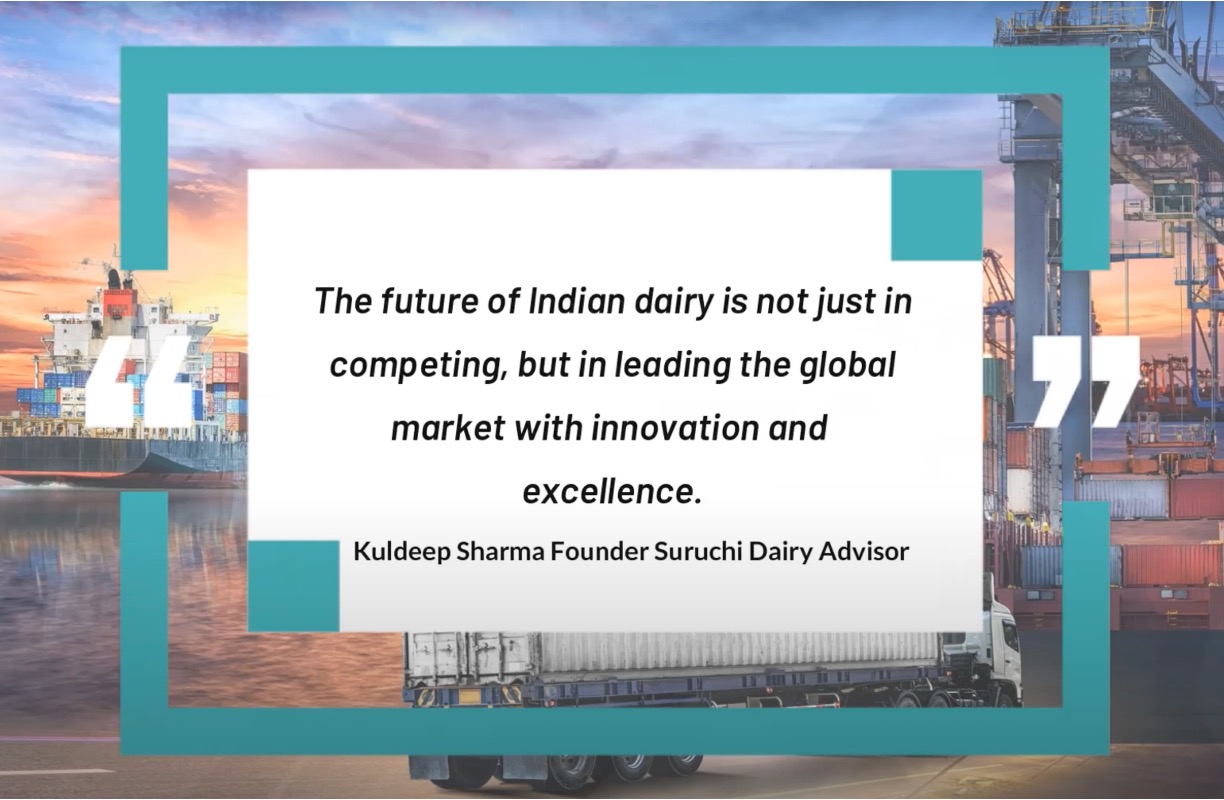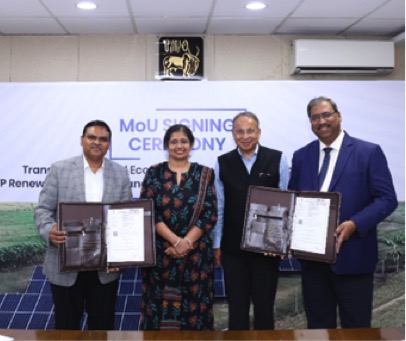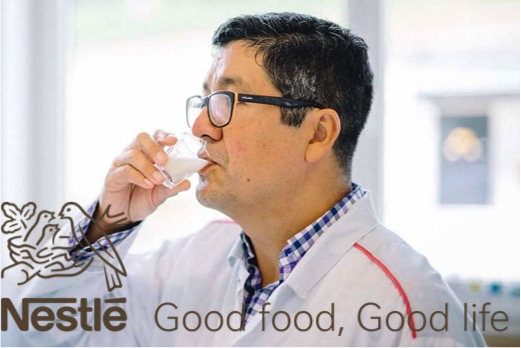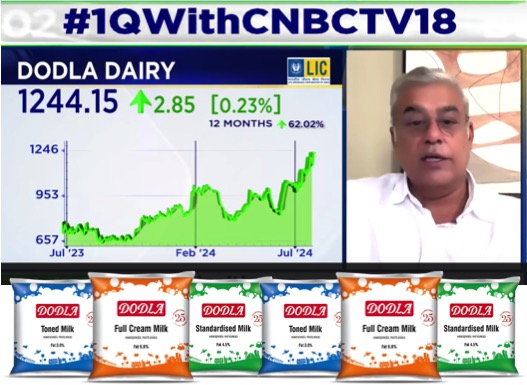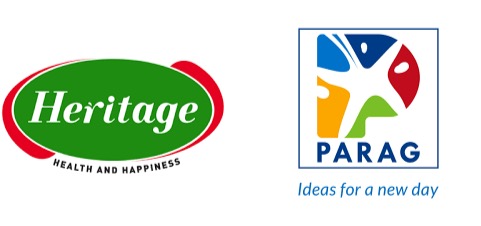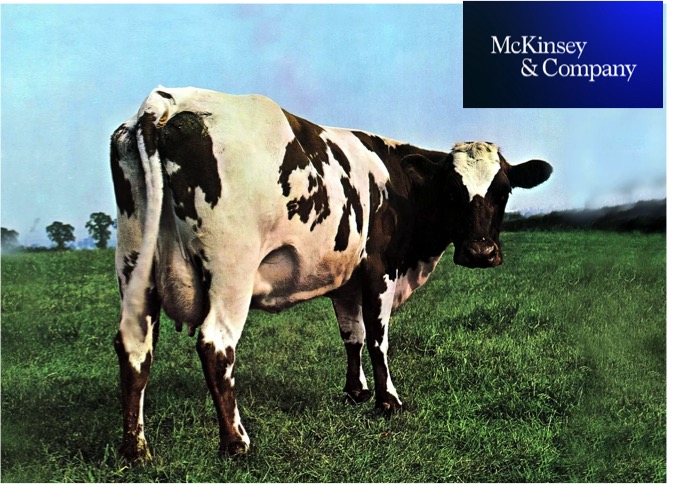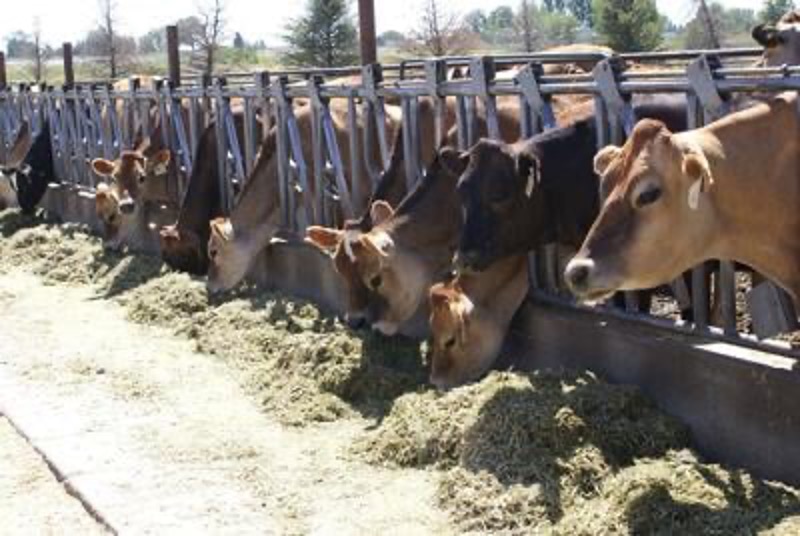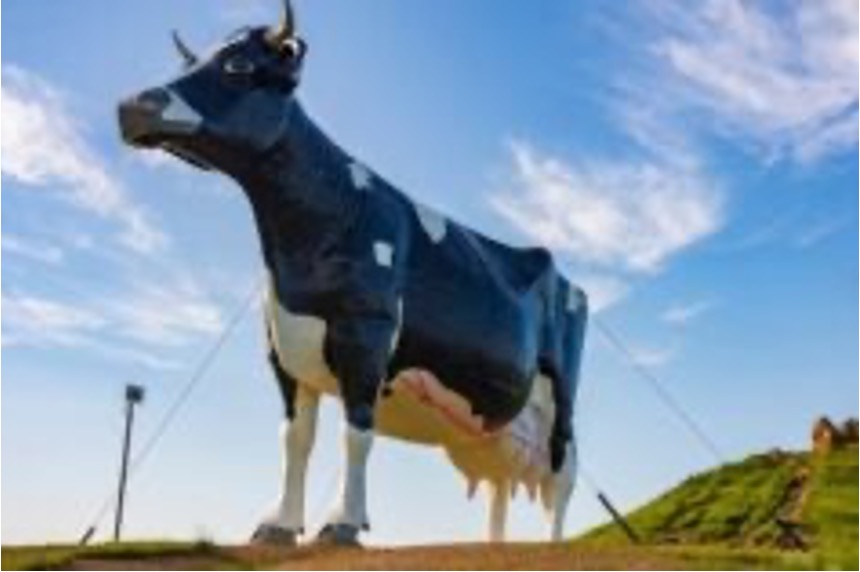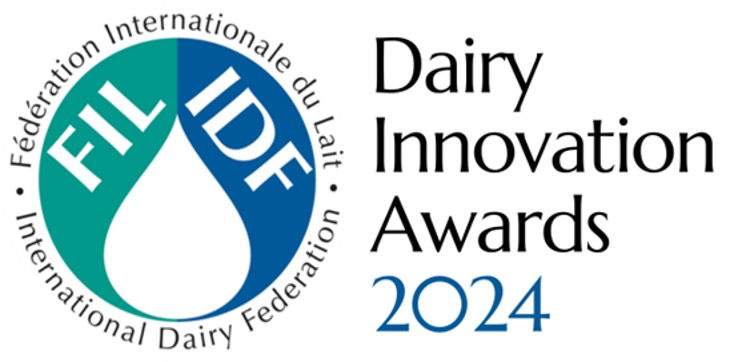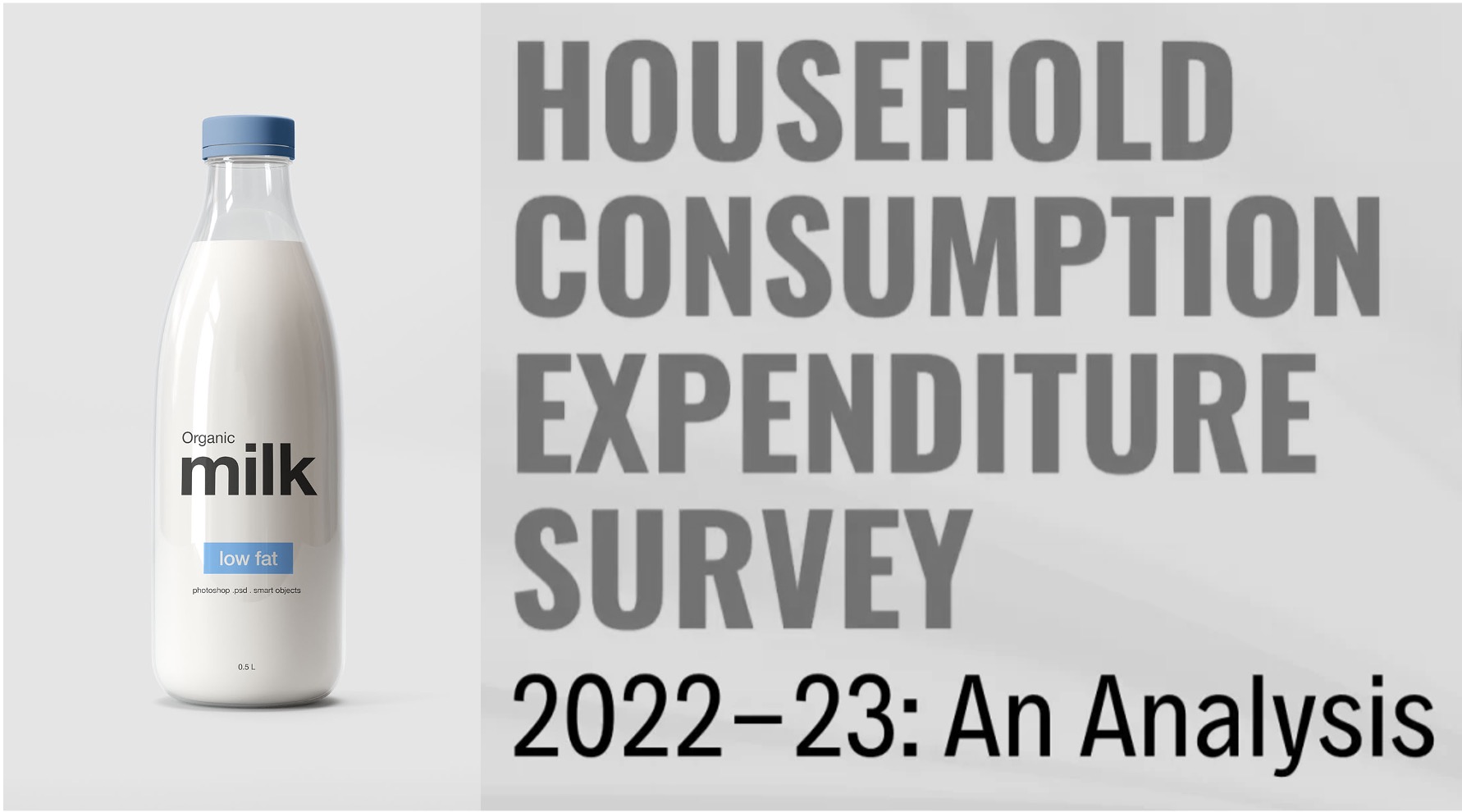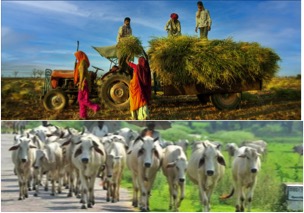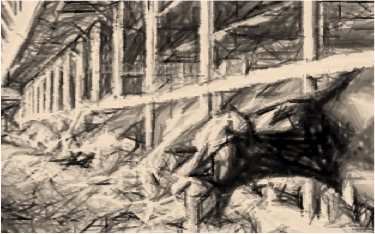Embarking on an annual pilgrimage to the Animal Agtech Innovation Summit in San Francisco, Calif., swiftly followed by the World Agritech, should be the ideal time to take the temperature on all things agtech. The investor sentiment was undoubtedly cooler than in previous years, as indeed it is in the overall economy, with the sense that venture investors are sitting on the sidelines waiting for bigger exits than we have seen recently, and indeed some of the highest profile agri startup stars have recently been raising money on lower valuations than their previous rounds. So, in this context what is hottest from a dairy tech perspective?
Methane
The speed with which the market has decided that cow burps are the biggest thing to solve has been extraordinary, led globally by DSM’s product 3-NOP, but not surprisingly this has attracted a host of alternative offerings. Feed additives based on seaweed, yeast enriched with bromoform (Number8 Bio), grains enriched with anti-methane compounds (Elysia), other active ingredients claiming to block methane production in the rumen (Rumen8, Agteria). Even garlic, probiotics and essential oil feed additives are joining the party. This new market promises hundreds of millions of dollars of new sales for feed additive suppliers, but who is going to pay for this is still unanswered. If not the consumer, milk processors or big food companies, then unless these supplements also increase dairy productivity how will this extra cost be absorbed by producers when margins are already tight?
The global growth in the use of wearable sensors continues on dairy farms but new generations of devices are arriving. The animal agtech event saw several lighter/more powerful GPS/Lora tags (Protag, Micro-tak) at lower costs being promoted. The ability to use GPS will increase the speed of finding the problem cows, without the need for wands, and particularly valuable for cows on pasture. Estimates of the numbers of tagged cows varies but led by Merck-Antelliq it probably covers half of all US cows today, and a presentation in San Francisco by SmaXtec underlined that rumen bolus sensors are growing even faster.
Nowhere for cows to hide.
A few systems using artificial intelligence to measure cow body condition (BCS) and mobility with cameras was presented at the summit by Dairy Robotics, feed disappearance and recently Ever.ag’s release of a Maternity Warden. All of these systems promise to help farms with the most precious commodity – labor. Indeed the recent acquisition by GEA of Cattle-Eye and previously the Ever.ag’s acquisition of Cainthus shows this market is generating real excitement.
Probably the most striking innovation was a startup called Agsent, a livestock diagnostic testing equipment which by analyzing the breath of cows and cattle claims to predict everything from diseases to pregnancy. Certainly, the ability to quickly diagnose an issue without the need for a veterinarian could be a game changer on larger farms.
The world of dairy-tech is just that, from all over the world. Indeed, several startups from India were re-imagining the use of ‘Cow-GPT’, blockchain, muzzle-printing recognition, and precision feeding. Although currently used on very small farms their US versions of these approaches could be round the corner.


